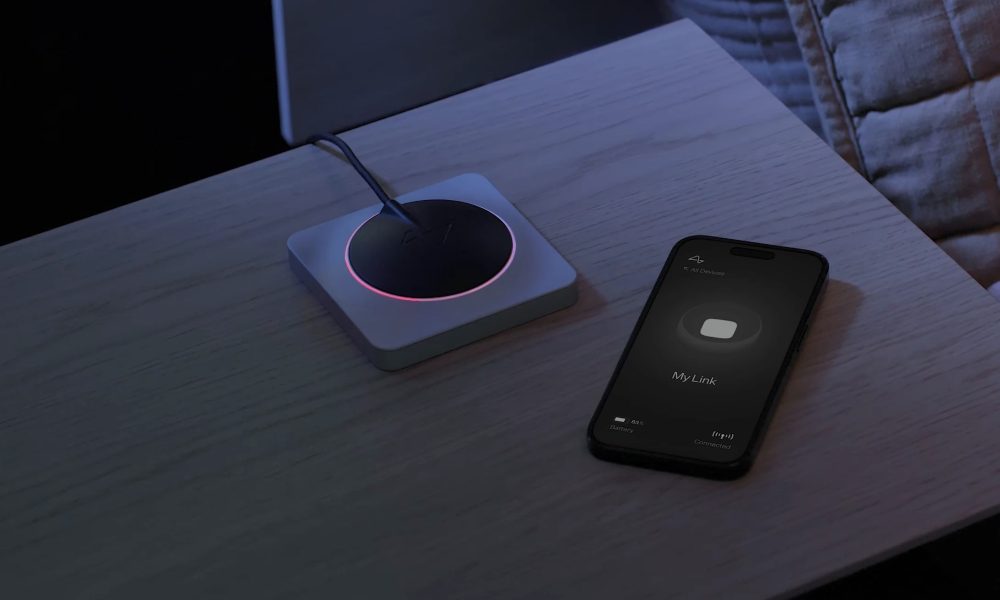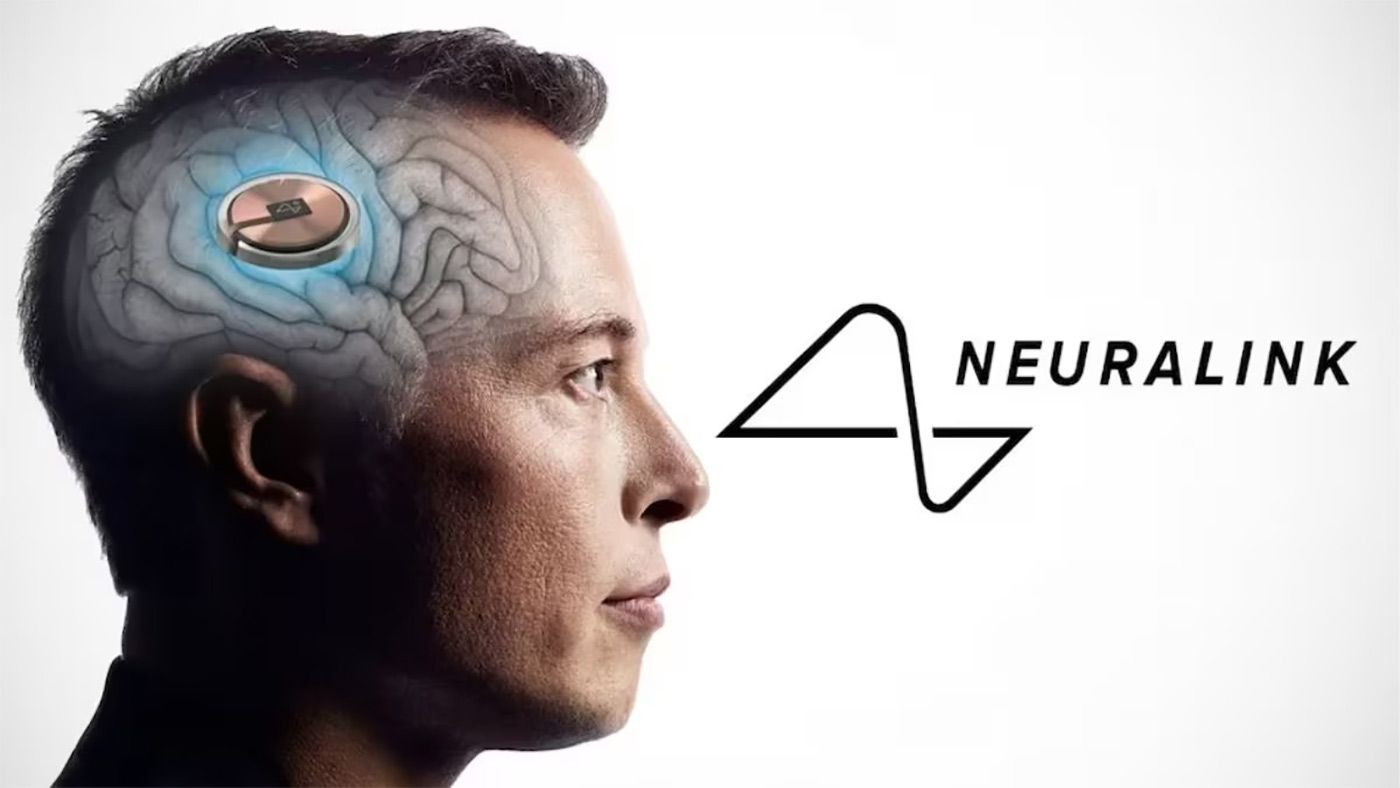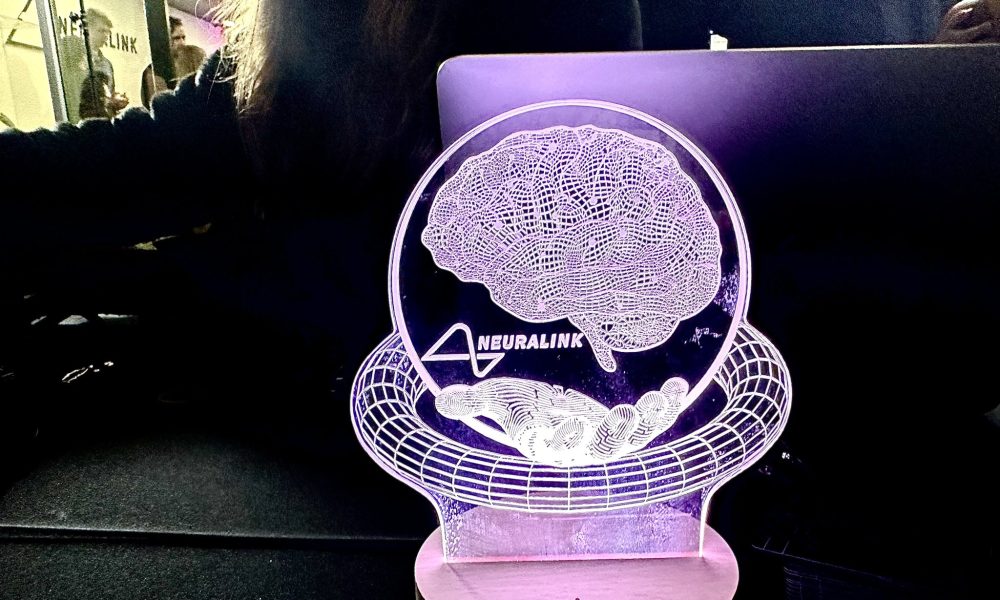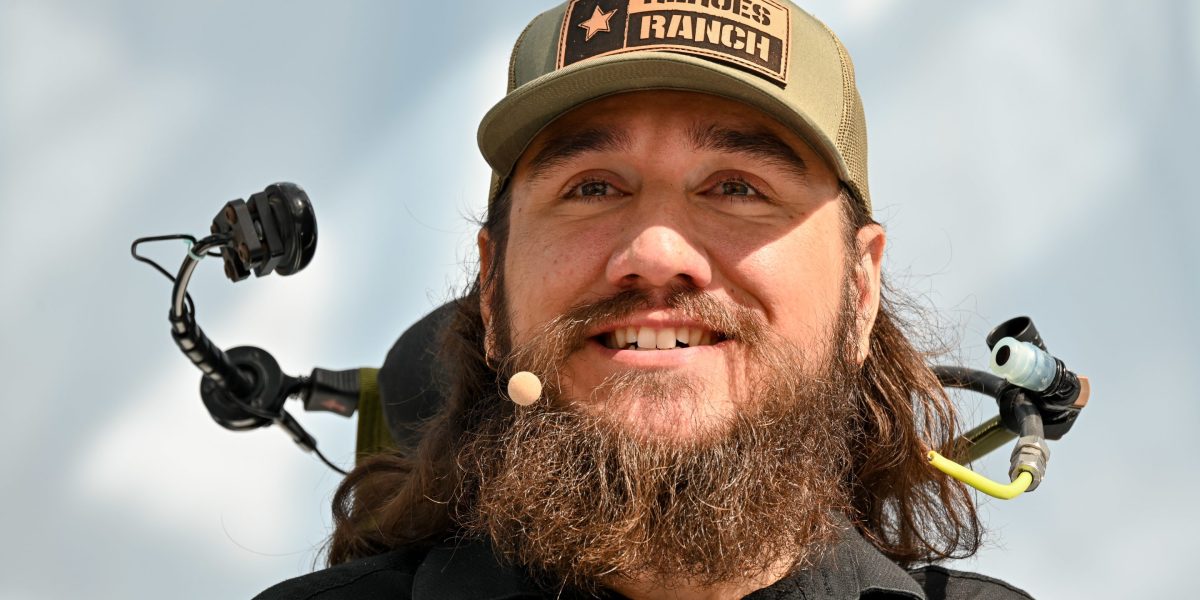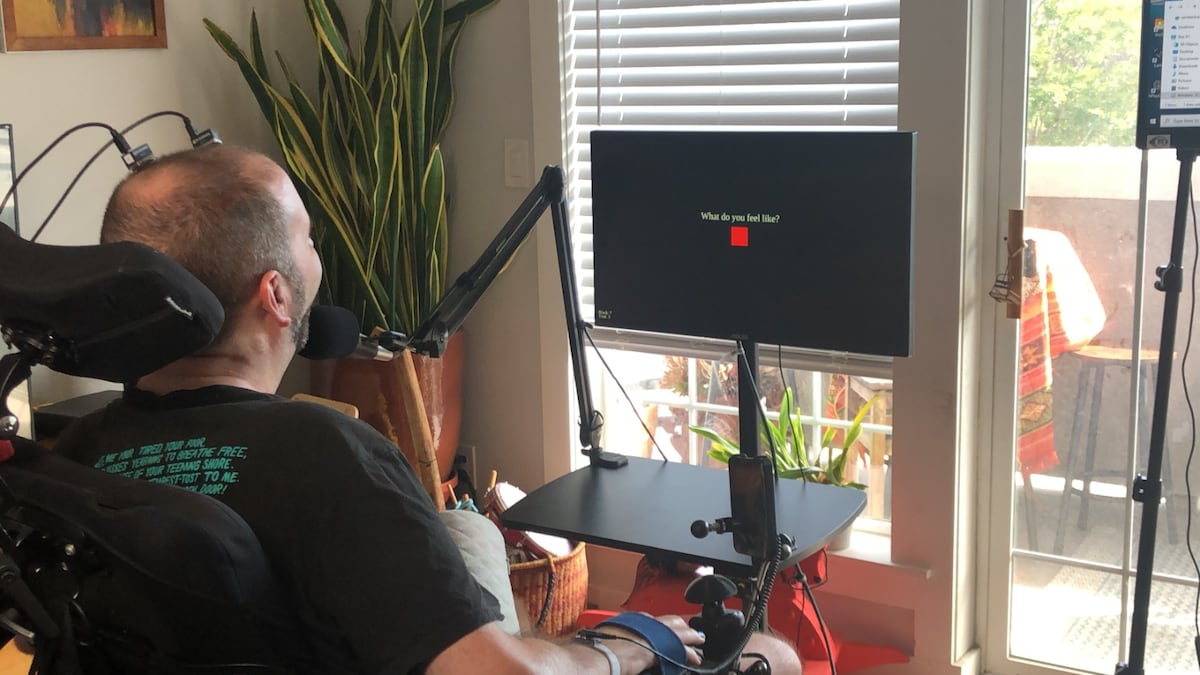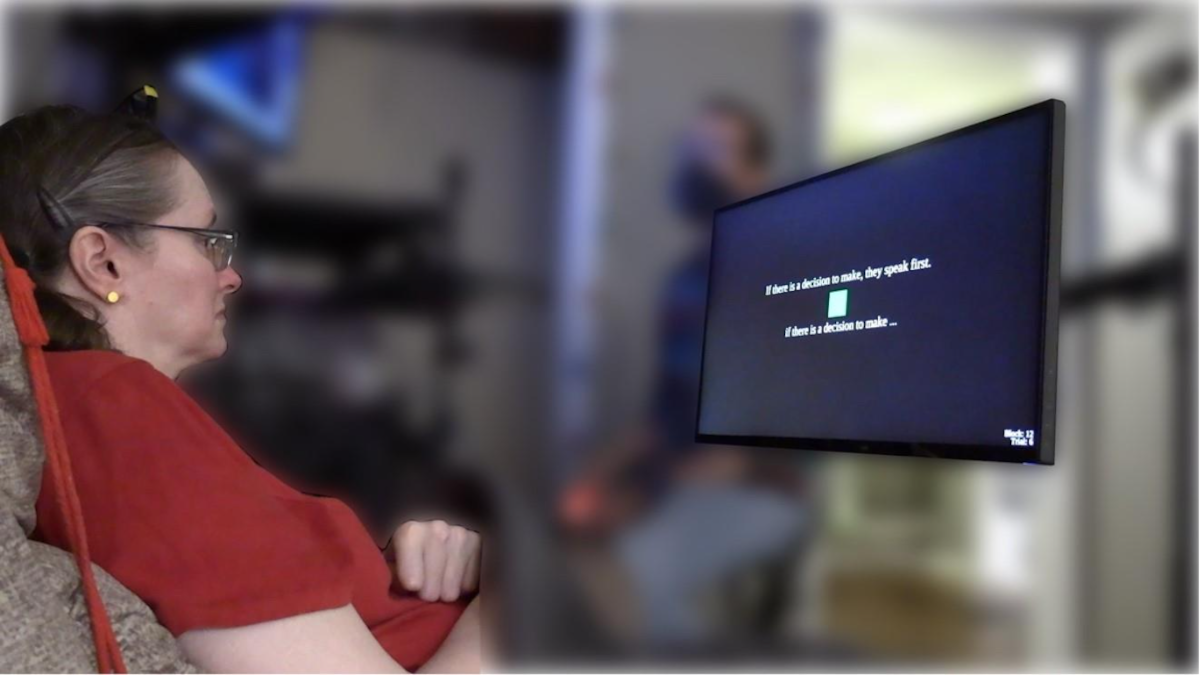#brain-computer-interface
#brain-computer-interface
[ follow ]
#neuralink #als #elon-musk #assistive-technology #neuroscience #paralysis #medical-technology #technology
fromSun Sentinel
1 week agoDave Hyde: Marc Buoniconti's tragic tackle 40 years ago and the world it changed
MIAMI - I am watching a man paralyzed from the neck down lift an artificial arm by merely thinking about do so. I am watching another quadriplegic play drums thanks to similar microchip in his brain. I am listening to doctors talk of hypothermia protocol, brain-computer interface and how artificial intelligence will help change the wheelchair world. "What do you think?" a scientist asks. "This is the greatest sports story of my lifetime," I say.
Medicine
fromThe Verge
1 week agoSam Altman's next startup eyes using sound waves to read your brain
Sam Altman has tapped Mikhail Shapiro, an award-winning biomolecular engineer, to join the Merge Labs brain-computer interface startup he's set to announce soon with co-founder Alex Blania. While Shapiro's official title is unclear, sources say he will be part of Merge's founding team and has been positioned as a key leader in talks with investors. Those talks are ongoing, but Merge expects to raise hundreds of millions of dollars from OpenAI and others, as The Financial Times earlier reported.
Startup companies
fromWIRED
1 month agoThis Startup Wants to Put Its Brain-Computer Interface in the Apple Vision Pro
Now, Cognixion is bringing its AI communication app to the Vision Pro, which Forsland says has more functionality than the purpose-built Axon-R. "The Vision Pro gives you all of your apps, the app store, everything you want to do," he says. Apple opened the door to BCI integration in May, when it announced a new protocol to allow users with severe mobility disabilities to control the iPhone, iPad, and Vision Pro without physical movement.
Artificial intelligence
fromWIRED
2 months agoChina Is Building a Brain-Computer Interface Industry
Given these and other recent milestones, Peng says it's realistic to think that at least one BCI system could gain approval in China by 2027. Minmin Luo, director of the Chinese Institute for Brain Research (CIBR) in Beijing, agrees that the country is well on its way to meeting the goals set out by the new policy document. "It is basically an engineering project, with not so ambitious goals. Already, there are so many people working on it," he says.
Medicine
fromArs Technica
2 months agoAn inner-speech decoder reveals some mental privacy issues
Once the mental privacy safeguard was in place, the team started testing their inner speech system with cued words first. The patients sat in front of the screen that displayed a short sentence and had to imagine saying it. The performance varied, reaching 86 percent accuracy with the best performing patient and on a limited vocabulary of 50 words, but dropping to 74 percent when the vocabulary was expanded to 125,000 words.
Science
fromArs Technica
4 months agoA neural brain implant provides near instantaneous speech
"Our main goal is creating a flexible speech neuroprosthesis that enables a patient with paralysis to speak as fluently as possible, managing their own cadence, and be more expressive by letting them modulate their intonation," says Maitreyee Wairagkar, a neuroprosthetics researcher at UC Davis who led the study.
Science
[ Load more ]

